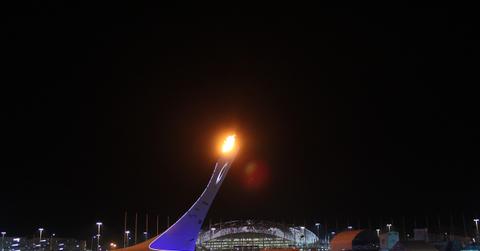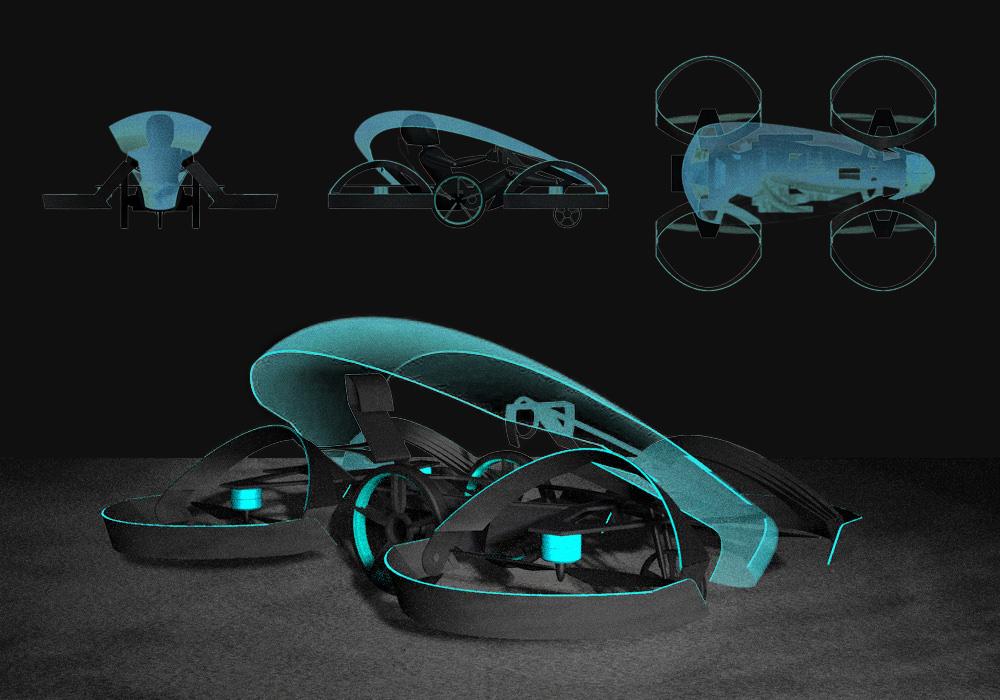This Flying Car Could Light The Torch At The 2020 Summer Olympics
An old tradition in the Olympic Games could be getting a very interesting upgrade. A team of volunteers are working on the world's smallest flying car that may be able to light the flames at the 2020 games in Tokyo.
Updated May 24 2019, 2:24 a.m. ET
Every other year, the Winter and Summer Olympics open up with the classic tradition of lighting the cauldrons. They’ve updated the process since 2010 with having multiple honorees lighting the flame, and another new wrinkle could be thrown into the mix. By the 2020 Summer Olympics in Tokyo, there could be a flying car used in the process.
Cartivator, a non-profit company that’s backed by Toyota, is developing the Skydrive car. This is a three-wheel minicar with a focus on an easy transition from driving on the ground and flying in the air. It’s expected to be the smallest flying car in the world, measuring at just 9.5 feet by 4.3 feet. They’re also envisioning the vehicle being used in ride-sharing programs.
Why target a completion date by the Olympics? According to Cartivator’s official website, it’s for maximum exposure so “passengers can freely enjoy the scenery from the sky, go to places where we were not able to reach before and [uninterrupted] travel by avoiding traffic jams is no longer a dream.” The goal is to have a world where everyone can fly “anytime and anywhere” by 2050.
The vehicle will be created by a group of 30 volunteers that will be doing it on their spare time. It’s been in development since 2014, but it received a massive boost in funds by Toyota with a 40 million yen donation in May, which equals just over $353,000 USD. While they already have the foundation established, the funding from Toyota will go toward improving the design.
A month after funding, a prototype was spotted in Toyota City, Japan. From an Associated Press report, there were test runs of the unit that reached up to “eye level for several seconds” before failing. It’s a step in the right direction, but shows how far they have to go in order to reach their target date. Other goals in the future include having the first-ever Skydrive manned flight in two years and to release the commercial product by 2025.
Toyota is firmly pushing the movement of flying cars. Not being traditional is an image they’ve carved out for themselves over the years. Auto analyst Takaki Nakanishi said in the AP report that the car manufacturer is focused on “software and services...as cars become connected, start driving themselves, and turn into lifestyle digital tools.” According to an Engadget report, the company is planning to spend over $9 billion on new technology.
We’ll see if Cartivator is able to get the Skydrive off the ground in time for the Summer Olympics. There are a lot more hurdles than just getting the project done, with rules and regulations for air travel still in development. And of course, finding someone who can pilot the car!

